If you are planning to travel to Europe, you shouldn’t miss visiting the Eastern part of it. This region is rich in history, culture, and natural beauty that will leave you mesmerized. From charming towns to stunning landscapes, Eastern Europe has something for everyone. In this article, we will introduce you to the 25 best places to visit in Eastern Europe that will make your trip unforgettable.
Introduction
Eastern Europe has been attracting more and more tourists in recent years due to its affordability, unique culture, and impressive landmarks. This part of Europe offers something for everyone – from breathtaking natural scenery to historical cities that have been standing for centuries. This article will introduce you to the 25 best places to visit in Eastern Europe, so keep reading to find out more!
Budapest, Hungary
Budapest, the capital of Hungary, is a must-visit destination in Eastern Europe. Known for its thermal baths, beautiful architecture, and rich cultural heritage, Budapest is a city that will leave you in awe. Start your visit by exploring the Castle District, which is a UNESCO World Heritage Site. You can also take a dip in one of the many thermal baths in the city, such as the Szechenyi Baths or Gellert Baths.
Prague, Czech Republic
Prague, the capital of the Czech Republic, is one of the most popular tourist destinations in Europe. The city is known for its stunning architecture, historical landmarks, and vibrant nightlife. Take a stroll along the Charles Bridge, visit the Old Town Square, and explore the Prague Castle complex. Prague is also famous for its beer culture, so make sure to try some of the local brews.
Krakow, Poland
Krakow, the former capital of Poland, is a city that has preserved its historical charm. The city’s Old Town is a UNESCO World Heritage Site, and it’s filled with impressive landmarks such as the Wawel Castle and St. Mary’s Basilica. Krakow is also home to the largest medieval market square in Europe – the Rynek Glowny. If you’re interested in history, don’t miss visiting the Auschwitz-Birkenau Memorial and Museum.
Dubrovnik, Croatia
Dubrovnik, known as the “Pearl of the Adriatic,” is a city located on the coast of the Adriatic Sea. The city’s Old Town is surrounded by impressive walls that have been standing for centuries. Dubrovnik is also famous for its crystal-clear waters, stunning beaches, and beautiful islands. Take a walk along the Stradun, visit the Rector’s Palace, and take a cable car to the top of Mount Srd for breathtaking views of the city.
Vilnius, Lithuania
Vilnius, the capital of Lithuania, is a charming and historic city with a rich cultural heritage. The city’s Old Town, which is a UNESCO World Heritage Site, is home to many historic buildings, churches, and palaces. One of the most impressive sights in Vilnius is the Cathedral of St. Stanislav and St. Vladislav, which dates back to the 13th century. Other must-visit attractions in Vilnius include the Vilnius University, the Gediminas Castle Tower, and the Museum of Genocide Victims.
Rila Monastery, Bulgaria
The Rila Monastery is a beautiful and historic Eastern Orthodox monastery located in the Rila Mountains of Bulgaria. The monastery, which dates back to the 10th century, is one of the most important cultural and historical landmarks in Bulgaria. The monastery complex includes several impressive buildings, including the main church, a museum, and a library. Visitors can also explore the beautiful natural surroundings of the Rila Mountains, which offer many hiking and outdoor activities.
Brasov, Romania
Brasov is a beautiful medieval town located in the heart of Romania’s Transylvania region. The town’s Old Town is home to many historic buildings and landmarks, including the Black Church, which is the largest Gothic church in Romania. Other must-visit attractions in Brasov include the Council Square, the Rope Street, and the Brasov Citadel. Visitors to Brasov can also take a trip to the nearby Bran Castle, which is famously associated with the legend of Dracula.
Tallinn, Estonia
Tallinn, the capital of Estonia, is a charming and picturesque city with a rich history and culture. The city’s Old Town, which is a UNESCO World Heritage Site, is home to many historic buildings, churches, and fortifications. One of the most impressive sights in Tallinn is the Toompea Castle, which dates back to the 13th century. Other must-visit attractions in Tallinn include the Alexander Nevsky Cathedral, the Town Hall Square, and the Kumu Art Museum.
Belgrade, Serbia
Belgrade, the capital of Serbia, is a vibrant and bustling city with a rich history and culture. With a perfect mix of the old and the new, the city offers a unique experience to its visitors. Here are some of the best places to visit in Belgrade:
1. Belgrade Fortress
Belgrade Fortress is a must-visit attraction in the city. The fortress has a history that dates back to the 2nd century, and it was once one of the most important military strongholds in Europe. Today, visitors can enjoy a stroll through the fortress and enjoy breathtaking views of the city.
2. Knez Mihailova Street
Knez Mihailova Street is the main pedestrian zone in Belgrade and is one of the most popular shopping streets in the city. It is also a great place to grab a coffee or a bite to eat at one of the many cafes and restaurants in the area.
3. Skadarlija
Skadarlija is a bohemian quarter in Belgrade and is often compared to Montmartre in Paris. It is a charming neighborhood with cobblestone streets, traditional Serbian restaurants, and live music.
4. Ada Ciganlija
Ada Ciganlija is a popular recreational area in Belgrade. The artificial lake is perfect for swimming, sunbathing, and water sports. The area is also surrounded by parks and forests, making it a great place to escape the city for a few hours.
5. Saint Sava Temple
Saint Sava Temple is one of the largest Orthodox churches in the world and is a stunning example of Serbian Byzantine architecture. The temple is dedicated to Saint Sava, the founder of the Serbian Orthodox Church.
6. Nikola Tesla Museum
The Nikola Tesla Museum is a tribute to one of the greatest inventors of all time. The museum displays some of Tesla’s most famous inventions and gives visitors a glimpse into the life of this brilliant scientist.
7. Zemun
Zemun is a historic neighborhood in Belgrade that sits on the banks of the Danube River. It has a rich history and is known for its beautiful architecture and charming cobblestone streets.
8. Belgrade Zoo
Belgrade Zoo is home to over 2,000 animals from around the world. The zoo is located in the heart of the city and is a great place to spend a few hours with the family.
9. Museum of Yugoslav History
The Museum of Yugoslav History is dedicated to the history of Yugoslavia and the life of Josip Broz Tito, the first president of Yugoslavia. The museum displays a vast collection of documents, photographs, and personal belongings of Tito.
10. National Museum of Serbia
The National Museum of Serbia is the largest and oldest museum in Serbia. The museum has a vast collection of over 400,000 artifacts, including ancient artifacts, medieval art, and modern art.
Belgrade is a city that has something for everyone. Whether you are interested in history, culture, or just want to relax and enjoy the city, Belgrade is a destination worth visiting.
Sofia, Bulgaria:
Sofia, the capital of Bulgaria, is located at the foot of Vitosha Mountain and boasts a rich history and culture. With a blend of ancient history and modern amenities, Sofia has become a popular tourist destination in Eastern Europe.
- Alexander Nevsky Cathedral: This stunning cathedral is one of the most iconic landmarks in Sofia, built in the 19th century to honor Russian soldiers who died during the Russo-Turkish War. It is an outstanding example of neo-Byzantine architecture and houses impressive murals and an enormous iconostasis.
- Vitosha Mountain: Located on the outskirts of Sofia, Vitosha Mountain is a popular destination for outdoor enthusiasts. It offers excellent hiking trails, stunning views, and winter sports activities.
- National Palace of Culture: The National Palace of Culture is the largest congress center in Southeastern Europe, built in the 1980s. It features multiple conference halls, a theater, cinema, and art galleries.
- Boyana Church: Boyana Church is a UNESCO World Heritage Site and one of the most significant medieval churches in Bulgaria. It is renowned for its stunning frescoes dating back to the 11th century.
- Ivan Vazov National Theater: This iconic theater was established in 1904 and has since become one of the most popular cultural landmarks in Sofia. It offers a wide range of plays, operas, and ballets.
- National Museum of History: The National Museum of History showcases Bulgaria’s rich cultural heritage with over 650,000 exhibits spanning 13,000 years. It is located in the outskirts of Sofia and provides an excellent opportunity to learn about the country’s history and traditions.
- Borisova Gradina: Borisova Gradina is the largest park in Sofia, covering over 88 hectares of land. It offers various walking trails, bike paths, and sports facilities, making it a popular spot for locals and tourists alike.
- Saint Sofia Church: Saint Sofia Church is one of the oldest churches in Sofia, built in the 6th century during the Byzantine Empire. It has undergone significant renovations over the centuries, with the latest restoration completed in 2016.
- National Art Gallery: The National Art Gallery is located in the former royal palace and showcases Bulgarian art from the 19th and 20th centuries. It houses over 50,000 exhibits and features works by renowned Bulgarian artists such as Vladimir Dimitrov and Ivan Milev.
- Slaveikov Square: Slaveikov Square is one of the most vibrant areas in Sofia, located in the city center. It is known for its bookstores, cafes, and street performers, and hosts numerous cultural events throughout the year.
With its impressive architecture, rich history, and natural beauty, Sofia offers a unique blend of culture and modernity. Visitors can explore ancient landmarks, immerse themselves in Bulgarian culture, and enjoy outdoor activities on the mountainous outskirts of the city.
Conclusion
Eastern Europe offers a wide range of beautiful destinations for travelers to explore. From historic landmarks and beautiful architecture to stunning natural scenery and vibrant cultural scenes, there is something for everyone in this part of the world. Whether you’re interested in exploring the rich history and culture of cities like Prague, Krakow, and Lviv, or prefer to spend your time hiking in the mountains or lounging on the beach, Eastern Europe has it all. So start planning your next adventure and discover the beauty of this fascinating region for yourself.
FAQs
How many countries are in Eastern Europe?
Eastern Europe comprises 18 countries: Belarus, Bulgaria, Croatia, the Czech Republic, Estonia, Hungary, Latvia, Lithuania, Moldova, Montenegro, North Macedonia, Poland, Romania, Russia, Serbia, Slovakia, Slovenia, and Ukraine.
What is the best time to visit Eastern Europe?
The best time to visit Eastern Europe depends on what you’re looking for. Summer (June-August) is the peak tourist season and a great time for outdoor activities and festivals. Spring (March-May) and autumn (September-November) are milder and less crowded. Winter (December-February) is ideal for winter sports and Christmas markets.
Is Eastern Europe safe for tourists?
Eastern Europe is generally safe for tourists, but like any other destination, it’s important to take precautions. Be aware of your surroundings, keep your valuables safe, and avoid poorly lit or deserted areas at night.
What is the currency used in Eastern Europe?
The currency used in Eastern Europe varies from country to country. Some countries, such as Bulgaria and Romania, use the Bulgarian lev and Romanian leu, respectively. Other countries, such as Poland and Hungary, use the euro.
How can I get around Eastern Europe?
Getting around Eastern Europe is relatively easy thanks to the extensive network of buses, trains, and planes. Some countries, such as Poland and Romania, also have well-developed domestic flight networks. Taxis and ride-sharing services are also widely available in most cities.





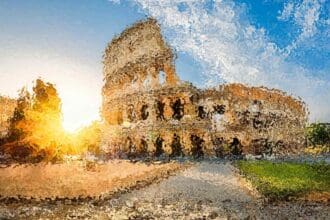

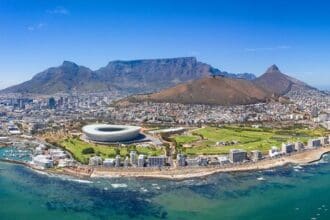
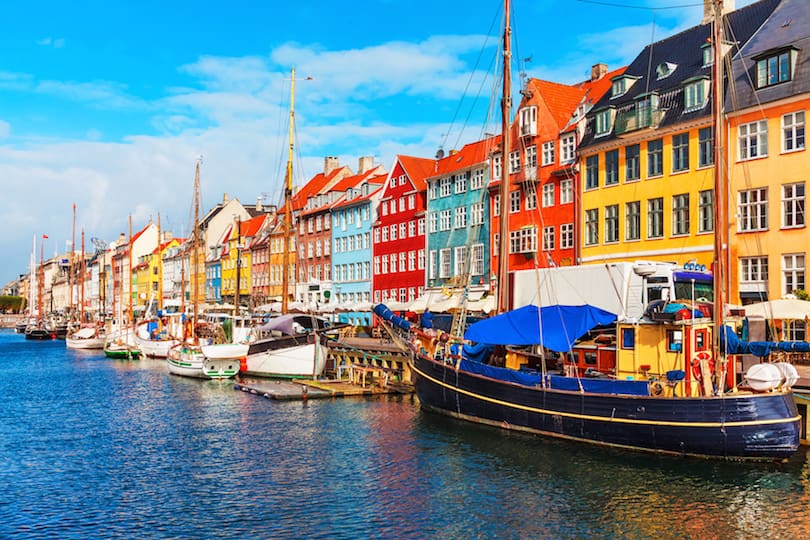



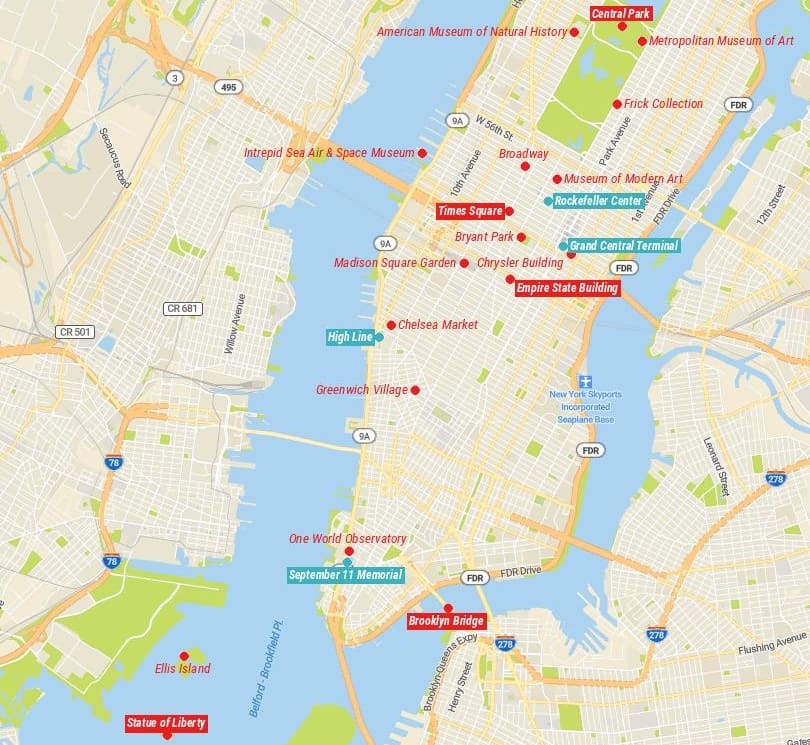
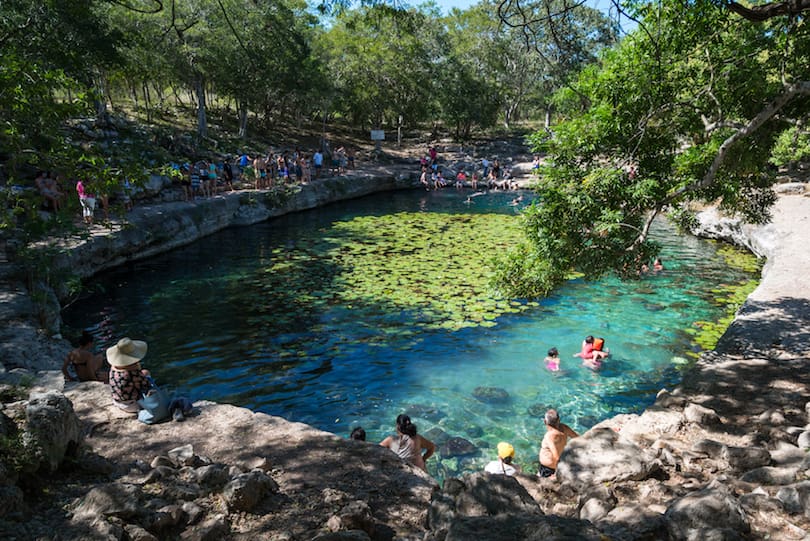
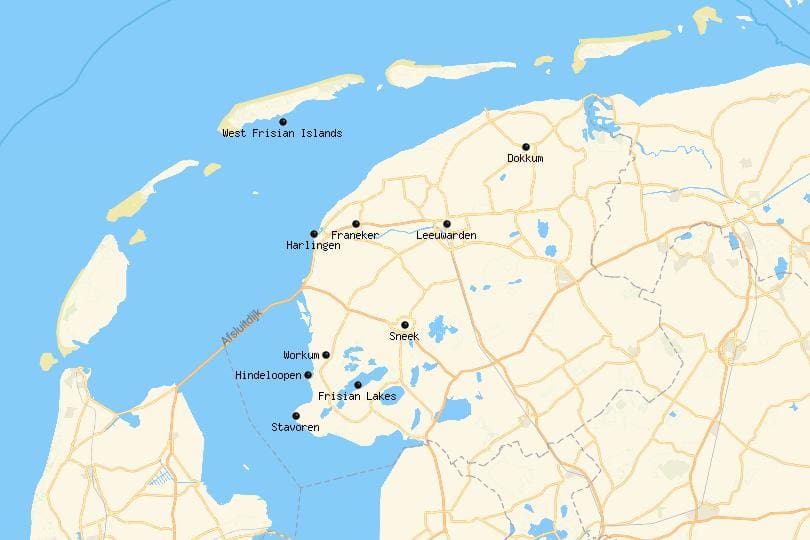
I was just looking for this info for some time. After six hours of continuous Googleing, finally I got it in your website. I wonder what’s the lack of Google strategy that don’t rank this type of informative websites in top of the list. Usually the top sites are full of garbage.
I am really loving the theme/design of your blog. Do you ever run into any web browser compatibility issues? A handful of my blog readers have complained about my site not working correctly in Explorer but looks great in Opera. Do you have any tips to help fix this problem?
Hello very nice website!! Man .. Excellent .. Wonderful .. I will bookmark your site and take the feeds additionally?KI am satisfied to seek out so many useful information right here within the publish, we need develop extra strategies on this regard, thank you for sharing. . . . . .
I’m not that much of a internet reader to be honest but your blogs really nice, keep it up! I’ll go ahead and bookmark your site to come back later on. All the best
Thanks for the sensible critique. Me & my neighbor were just preparing to do a little research about this. We got a grab a book from our area library but I think I learned more clear from this post. I’m very glad to see such wonderful information being shared freely out there.
I think this website holds some real great info for everyone. “Good advice is always certain to be ignored, but that’s no reason not to give it.” by Agatha Christie.
Good article and straight to the point. I don’t know if this is really the best place to ask but do you folks have any ideea where to hire some professional writers? Thanks :)